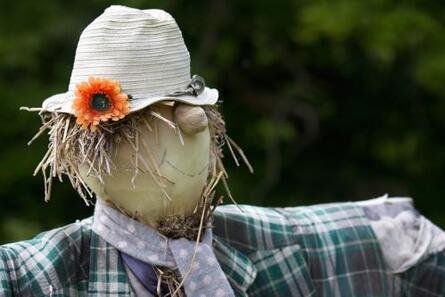 This fine fellow was an attractive cause for some amusement at Baddesley Clinton (a National Trust property near us) a few years ago. He really does make one wonder how effective he is, as he is far from being scary for you or me.. But it may well be different for the crows, for whom he is the intended deterrent. Scarecrow is different, alien and, perhaps, enough to frighten the birds. I then wonder about all those people who are 'scary' to us simply because they are different? We can be nervous of people of a different nationality, language, colour of skin. Those whose behaviour, shaped by a different culture, may concern us or appear threatening. It may be that anyone who is 'unknown', and this might be our neighbour, encourages a caution in us simply because we a nervous of difference. Yet, how often do we overcome our caution, discovering that difference does not mean scary or threatening in reality? Don't tell the crows, but it is good to realise that the scarecrow is indeed harmless and that the smile is genuine, even if he is a bit dishevelled and showing the marks of sleeping rough!
0 Comments
 It is claimed, and I have no reason to dispute this, that more than 90% of all we consume arrives in the UK by sea. It is an astonishing figure and the beginning of an insight into the scale of global trade that takes place, largely unrecognised by us, the consumer. In addition, there is no real awareness of the human costs involved to make all this happen. The scale of global trade to sustain our way of life is mind-blowing and humbling when one becomes aware of the human costs. Wages within the shipping industry kept to an absolute minimum to both keep the industry afloat and the prices we pay low. With safety standards often compromised, none of this is comfortable for us to know, which is probably why we don't bother discovering more than we need to.
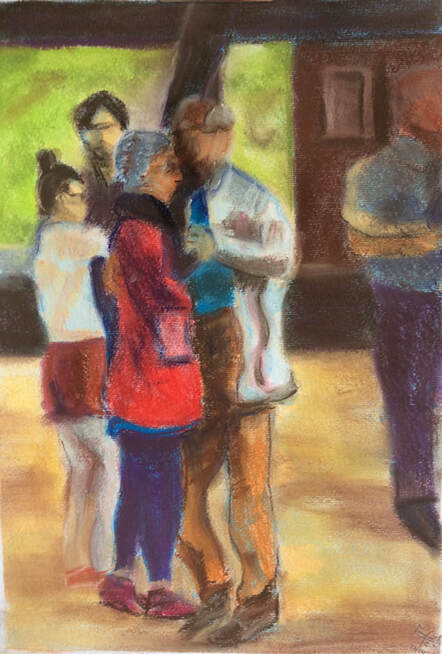 On a recent visit to the first church of which I have been minister (1982-8) I was rather surprised to discover collage panels, which had been created during a children's Easter activity day, were still on display! The panels, of which four are below, illustrate the verses of Sydney Carter's song 'Lord of the Dance', which expresses the belief that, through the experience of Jesus, God's life is present in every human experience - life and death. This came at a time when I was working on the painting (left) based on the photo of two dancers at La Chavanneé in France a few years ago. This also prompts reflection on our 'dance' with Christ. I am intrigued by the fact that, while the dance is performed as a couple, each partner is engaged in different movements (not just mirrored). They are, however, in time and rhythm with the music and therefore find a physical harmony in the dance. There is independence, but also inter-dependence and some intimacy, which say something about our relationship with the God known in Jesus. He provides the melody for our lives and we need to find an intimacy with and dependence on Jesus if we are to live within it. I am seeking to express all these aspects in my painting - I leave you to judge whether or not I have achieved my aim!
PREFACE More recent revelations relating to the life of Jean Vanier confirm the fact that none of us are Saints. I make no comment or judgment on these revelations, but simply point attention towards the community of L'Arche which is the fruit of this mans faith and vision. Having heard today of the death of Jean Vanier I feel I must acknowledge the influence of this gracious man on my life and ministry, recognising that this is also the case for thousands and more who over years have been touched by the L'Arche Community or read any of his books or reflections.
My own story began in the early 1990s when I spent a month of a sabbatical with the L'Arche Community in Liverpool. This had been sparked by a felt need to work with those in a residence for people with intellectual disabilities near the church in Runcorn, Cheshire, where I was minister. The richness and depth of relationships both in L'Arche and in what became Stepping Stones at Bethesda, along with the need to establish and sustain them, were echoes of those first relationships Jean Vanier and Fr. Thomas Philippe built with Raphael Simi and Philippe Seux in 1963 in Troisly, France. Jean himself has said, “These communities are schools of the heart which have transformed the lives of countless people across the world.” but I suspect that he himself would have been unaware of the full extent of his influence. At the end of one Summer holiday in France Judy and I visited Troisly, where the first L'Arche Community was established and remains. Then, when I began work for the Free Churches Group nationally, I was invited to participate in L'Arche's Church Leaders' Consultative Group, meeting regularly with Community leaders to explore how L'Arche relates to and influences the wider Christian community. This led to my participation in a UK L'Arche gathering, with hundreds of community members living for a week in St John's College in Durham. Here we celebrated Jean's birthday with lots of fun and laughter, a cake and a giant puppet of Jean. One cannot describe such an event, but some of my many photos (below) illustrate the relationships of support and trust and celebration that marked the event and are the life-blood of L'Arche. The papier maché wild goose which 'flew' amongst the crowds on the green and in the cathedral, a symbol of the Holy Spirit moving amongst his people was perhaps the most significant image for me, for L'Arche is indeed a movement of the Spirit that brings change and life to the world. And in the midst of this movement has been a simple man of faith, for whose life we thank God. |
Archives
March 2024
|
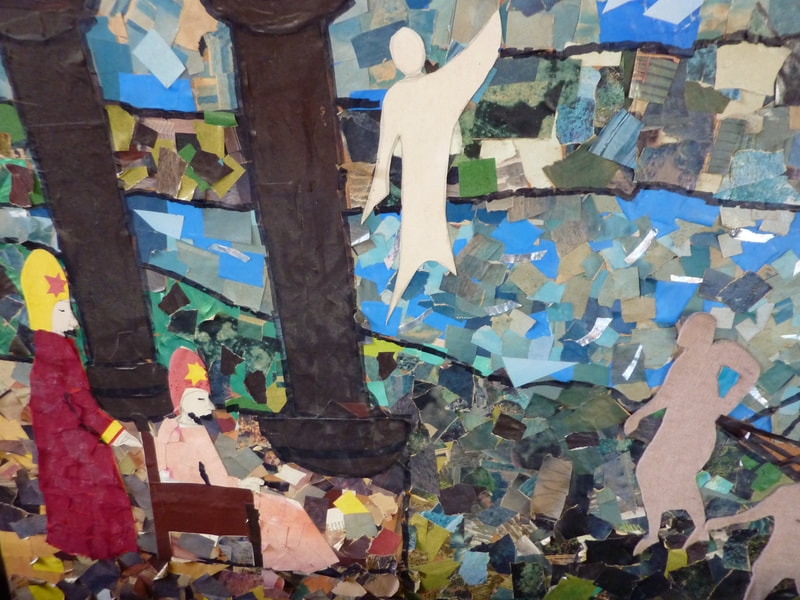
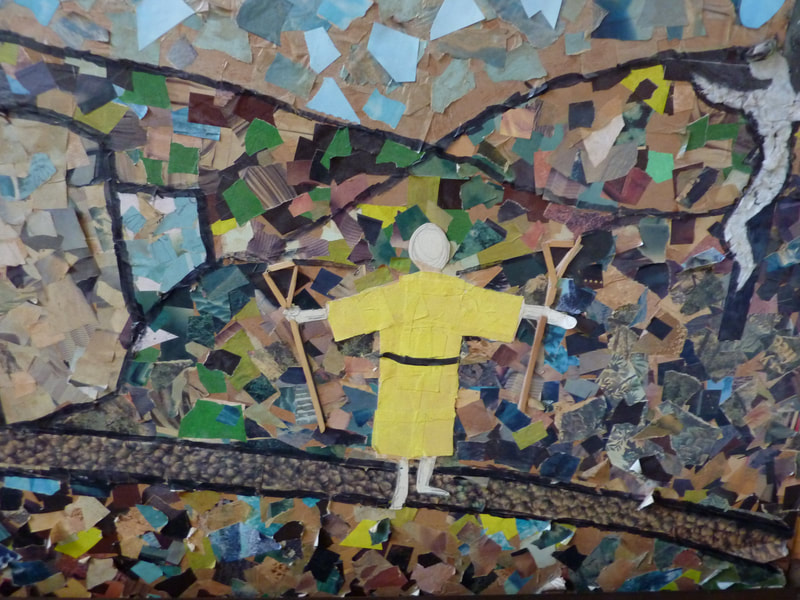
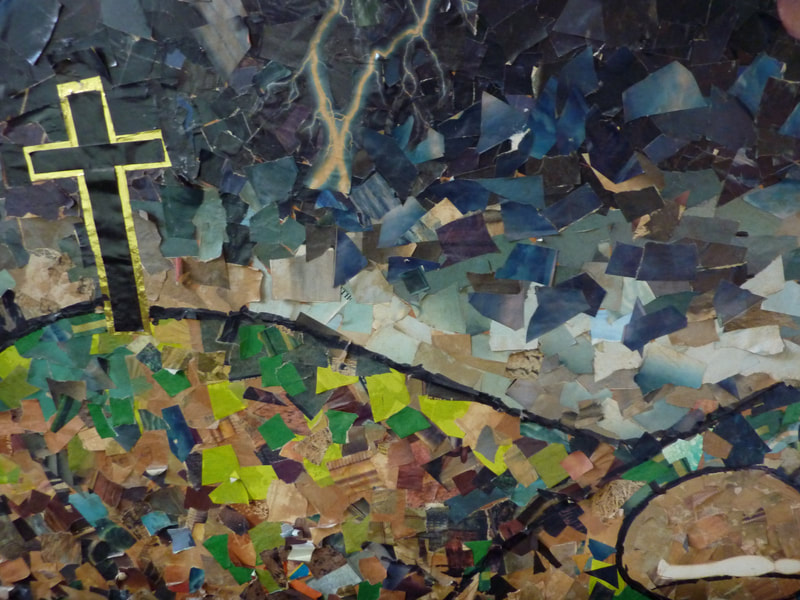
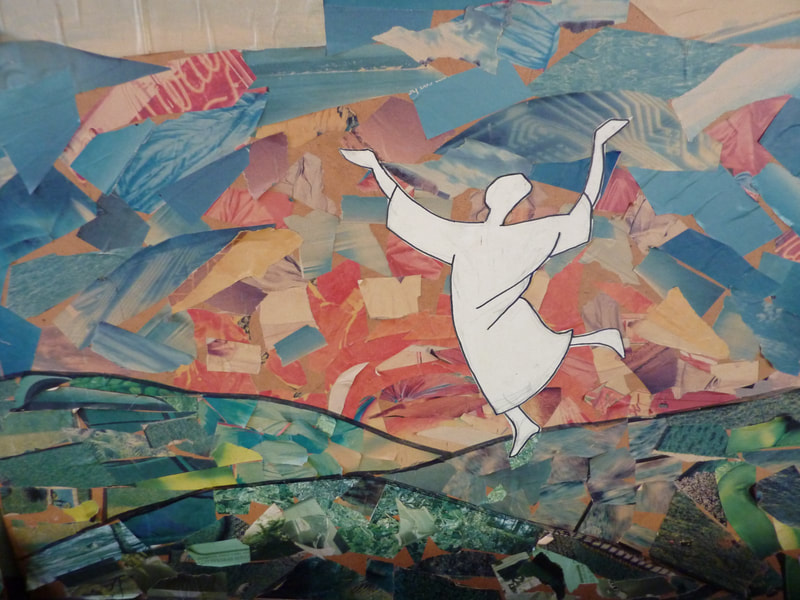
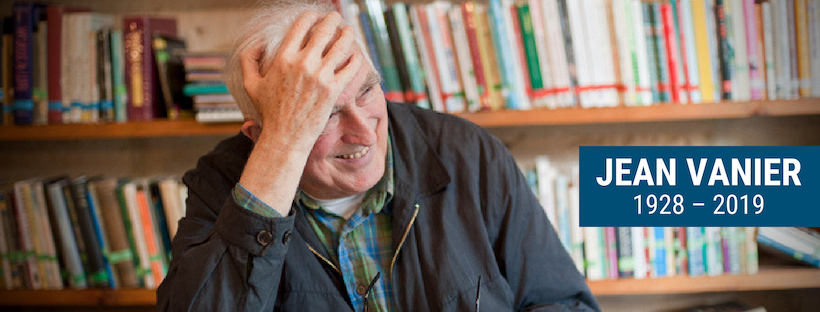
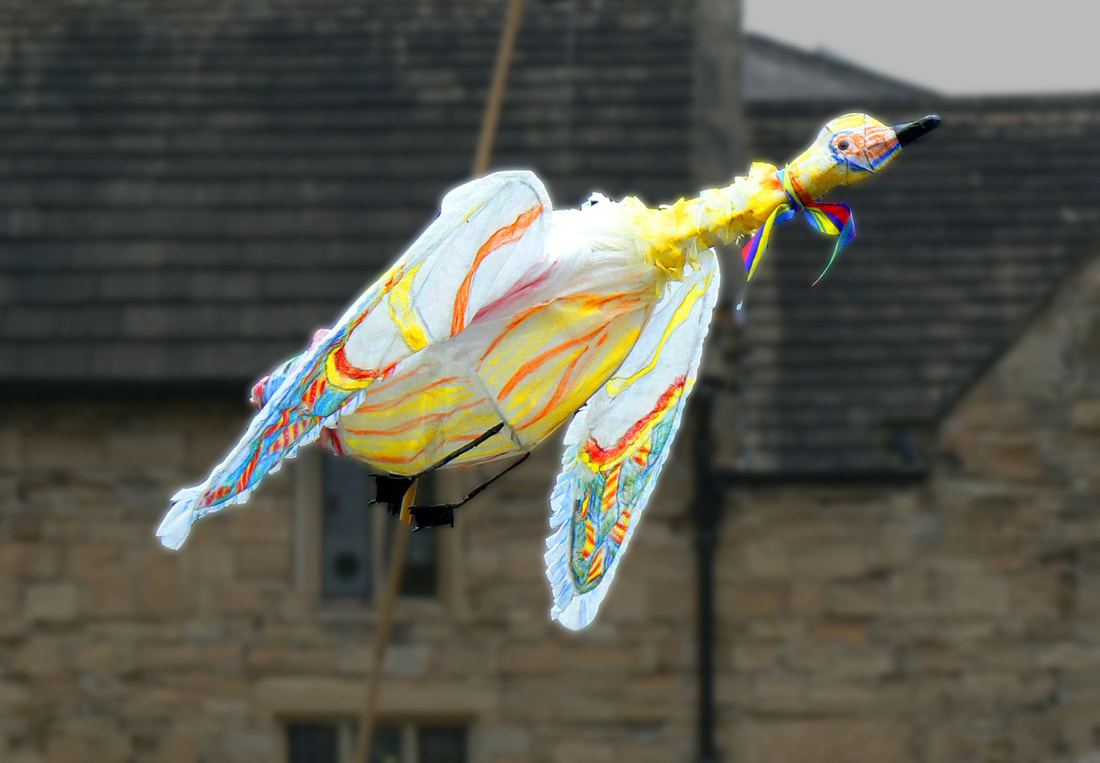
 RSS Feed
RSS Feed
